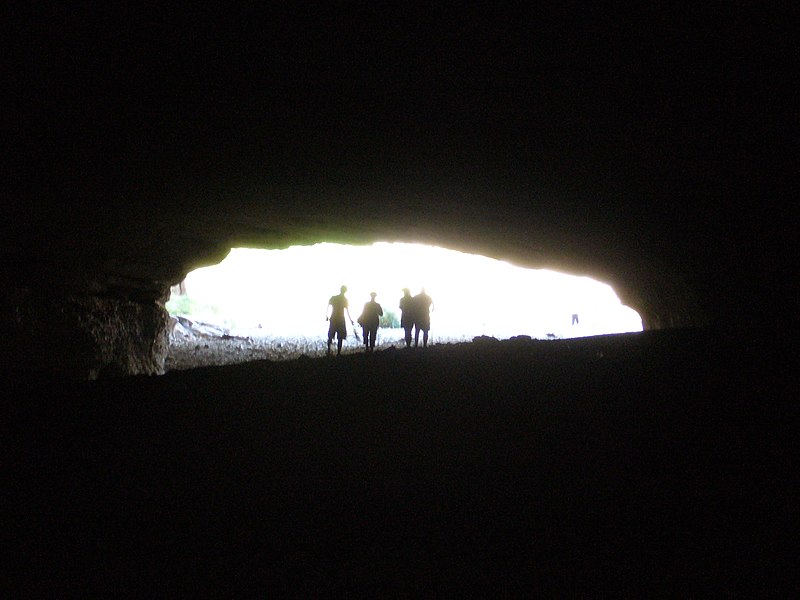
In the year 4299, five cave explorers are trapped by a landslide. To stay alive they decide to engage in cannibalism, choosing the victim by throwing dice. When the four survivors are rescued, they’re convicted of murder and face a mandatory sentence of death. After a public outcry, the “Supreme Court of Newgarth” takes up the case. Its five judges subscribe to five different legal philosophies, with the result that two vote to affirm the convictions, two vote to overturn them, and one recuses himself. As this is a tie, the original conviction is upheld and the four explorers face death.
Harvard philosopher Lon L. Fuller presented this story in 1949 to contrast various legal philosophies prevailing in the 20th century, primarily natural law and legal positivism.
But in the ensuing years, dozens of further hypothetical judgments have been offered by writers from perspectives ranging from historical contextualism to process theory. Frank Easterbrook wrote in 1999 that Fuller’s essay combines “a timely consideration of contemporaneous debates with a timeless quality that continues to entice students and scholars to think and write about [it] some half a century later — and will doubtless engage our successors well into the next millennium.”
Fuller had written, “The case was constructed for the sole purpose of bringing into a common focus certain divergent philosophies of law and government. These philosophies presented men with live questions of choice in the days of Plato and Aristotle. Perhaps they will continue to do so when our era has had its say about them. If there is any element of prediction in the case, it does not go beyond a suggestion that the questions involved are among the permanent problems of the human race.”
(Lon L. Fuller, “The Case of the Speluncean Explorers,” Harvard Law Review 62:4 [February 1949], 616–645.)
